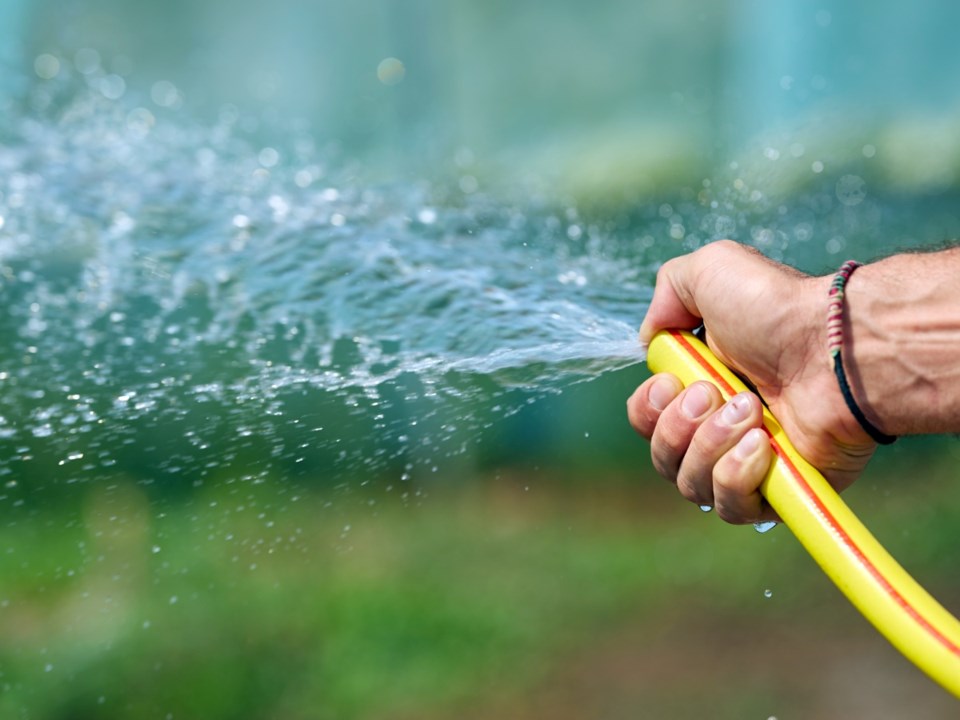Texas is heating up for the summer. Higher temperatures don't only mean high air conditioning bills. They can also wreak havoc on house foundations. I bought my first home last summer, and maintaining my foundation is already a constant worry.
North Texas is built almost entirely on clay soil, which expands when moist and contracts when dry. Combine that soil with Texas summer heat, and maintaining a foundation can seem like a daunting task to either first-time homebuyers like myself or new Texas residents unfamiliar with clay soil.
“North Texas has a lot of ground activity because of clay soil properties,” said Mical Hagos, the Keller Williams Realtor who helped me buy my house. “It’s essential that you properly care for your foundation or your property may shift more than usual. If you start seeing cracks larger than around a dime in width then that’s a problem.”
My initial concern was the foundation drying out and shifting, but unwanted moisture is also detrimental explained Hagos. “Make sure your plumbing systems are working properly because any leaks in water or sewer lines can add water under the foundation and cause soil movement," the Realtor added. "Maintain gutters and downspouts to ensure water flows away from the house when it rains and make sure there’s not any standing water near the downspouts.”
Watering your foundation directly isn’t required. According to Hagos, watering your house’s green spaces — your lawn, plant life, etc. — normally takes care of most of your foundation’s moisture needs.
For a specific focus on maintaining house agriculture, I turned to Texas A&M Agrilife Extension Agents Brad Voss and Chase T. Brooke. Part of their duties includes teaching agricultural best practices to residents.
“The water infiltration rate for clay soil is low and slow,” Voss said. “To properly hydrate clay soil, you have to water for a short amount of time, let the water soak in, repeat. By contrast, if you water your lawn for thirty minutes straight, twenty minutes of that water will flow off your soil and be lost.”
Voss also advocates having a lawn with a proper network of plant roots.
“Let’s say you had a Bermuda grass lawn with a solid root system that’s 6-12 inches deep," said Voss. "Those roots help keep the soil in place and the lawn might only need to be watered three to five times over the course of a summer." But if you water too much, then those roots won't grow deeper to find moisture. "Then when the heat turns up, the roots aren’t deep enough to get moisture from the clay soil and the clay soil doesn’t have the deep roots to help keep it in place.”
A lawn with a proper root system requires far less potential watering than I expected. That was just the tip of the iceberg and the extension agents knew so much. “Texas A&M Agrilife extension agents are educators,” Chase told me. “We aren’t the ones to fix a specific problem, but we can take a look at the problem and tell you what might be causing it. Then you can consult with an expert to properly diagnose and fix it.”
Many North Texas cities also offer educational classes that teach best practices for not just agriculture care, but other areas homeowners may find useful. City websites also have information on how best to maintain your home according to local guidelines and characteristics.
For more about Texas A&M Agrilife Extension, check out their website. The city of Plano's website with watering guidelines is also helpful.




